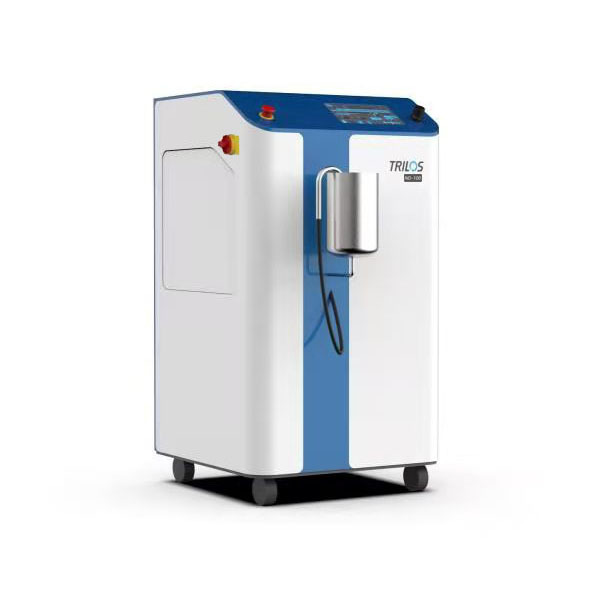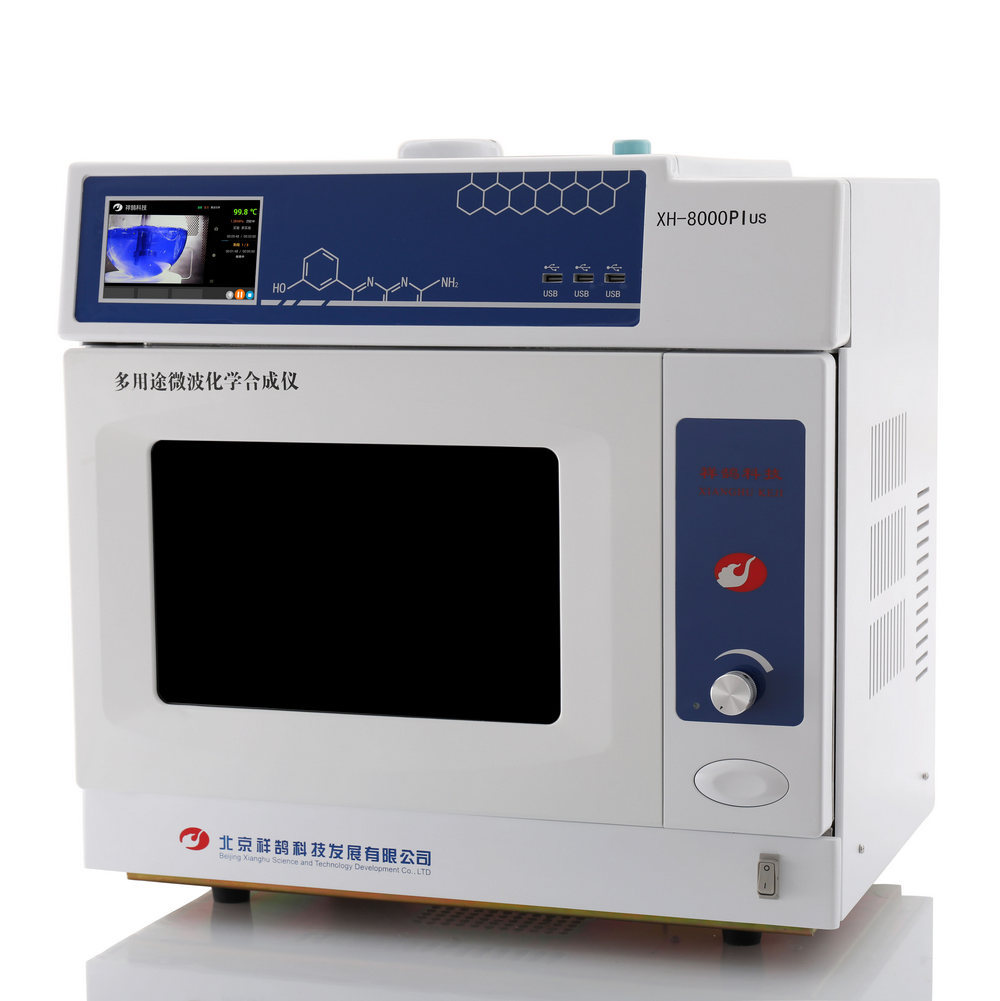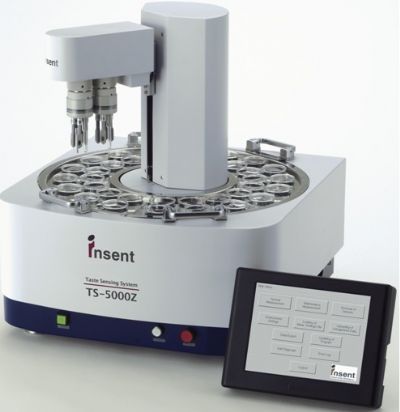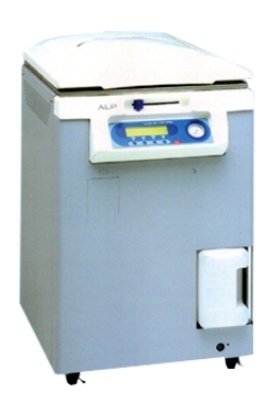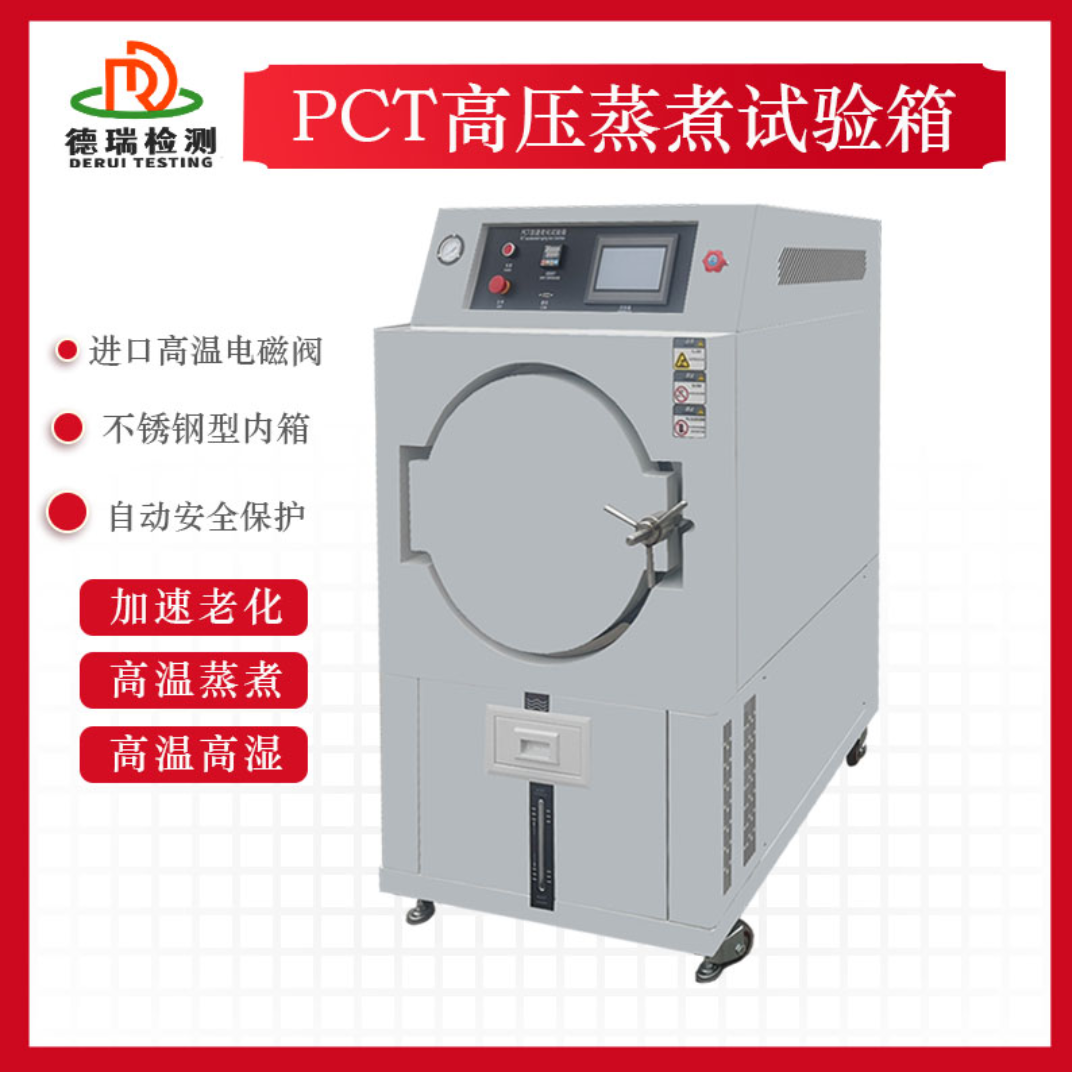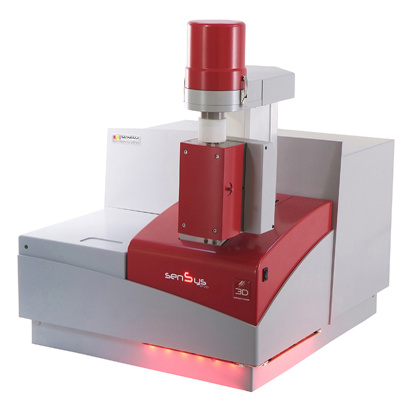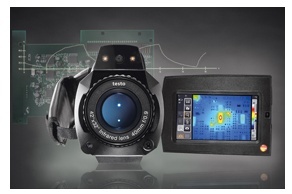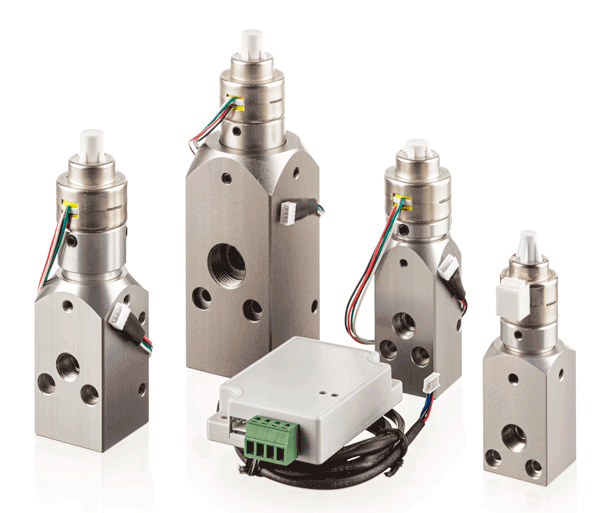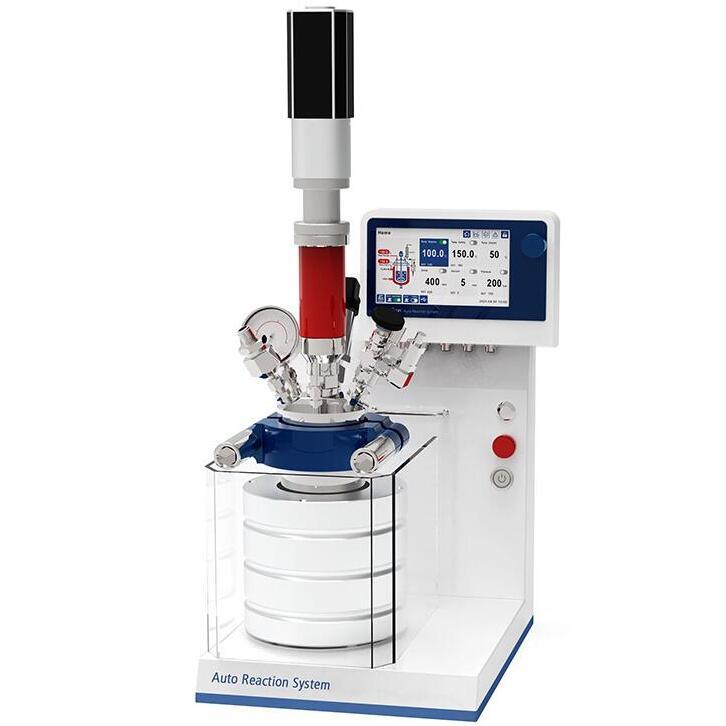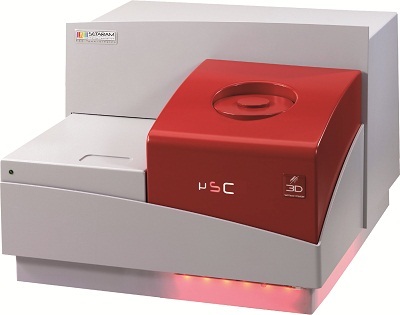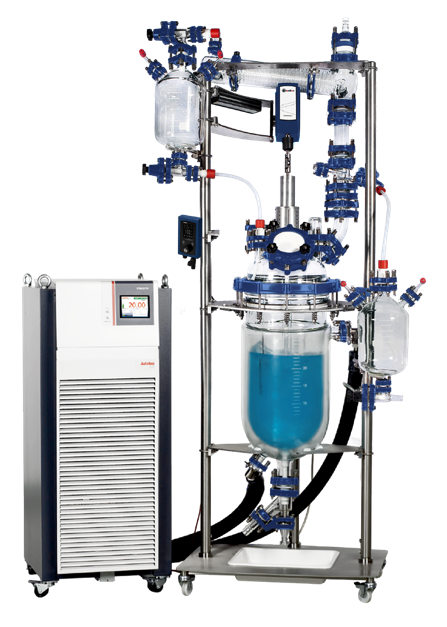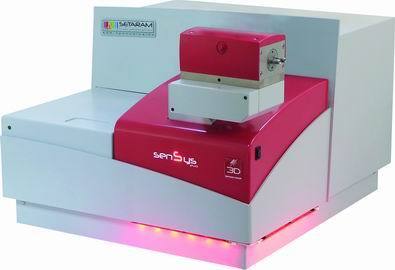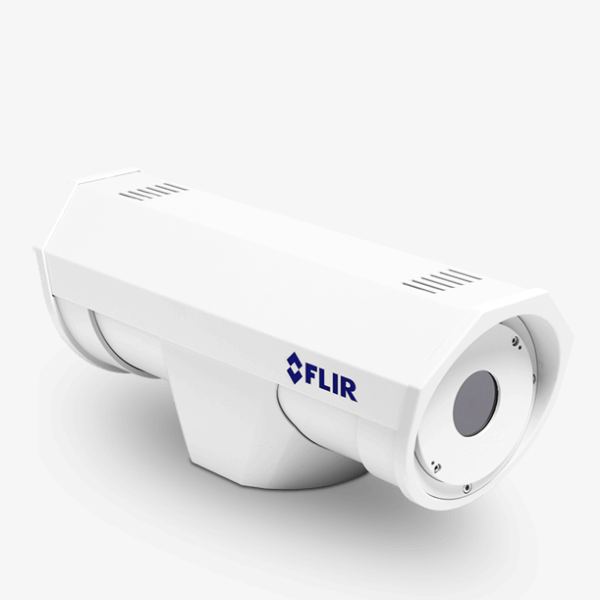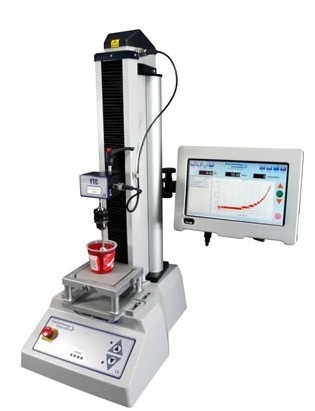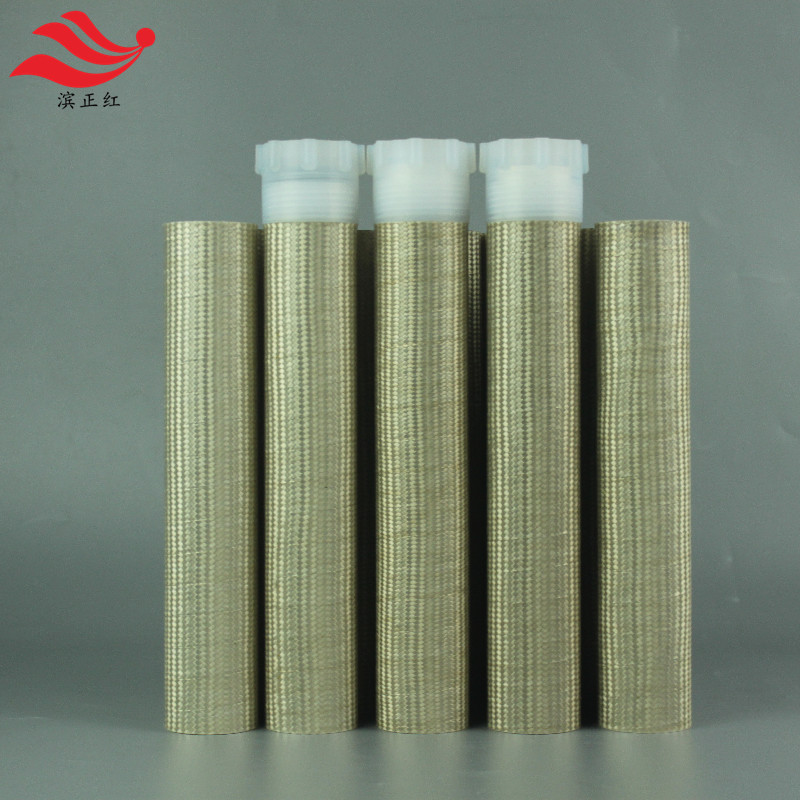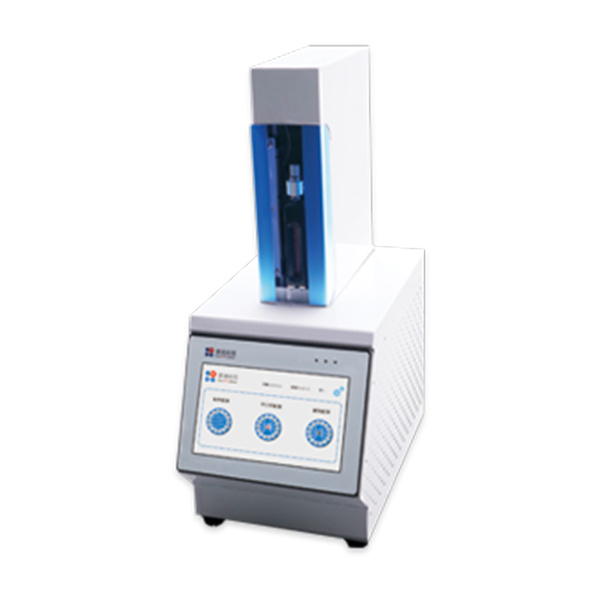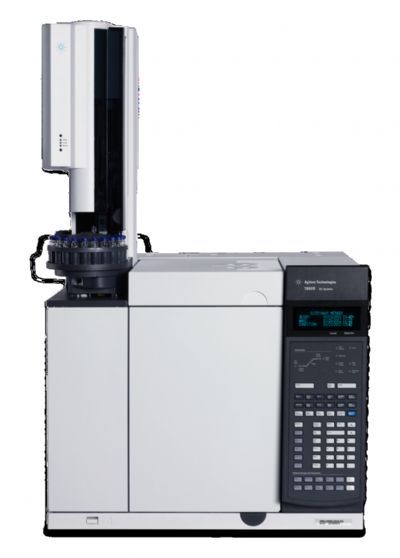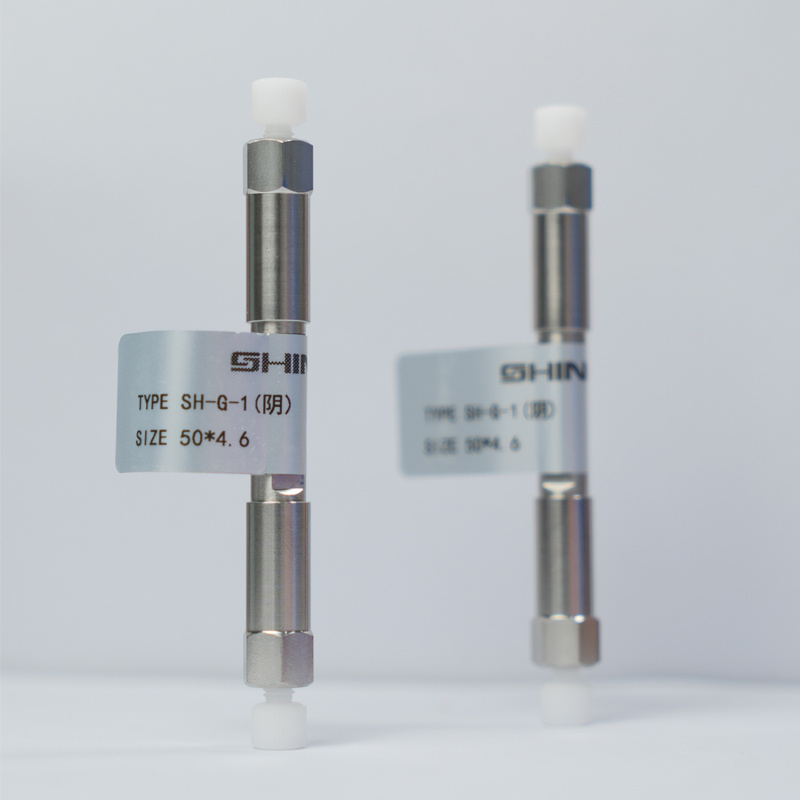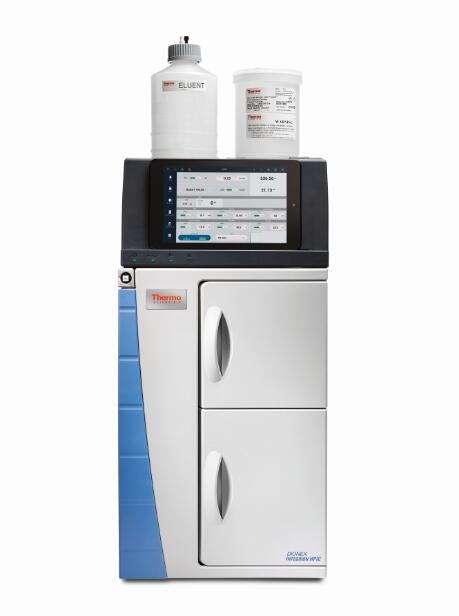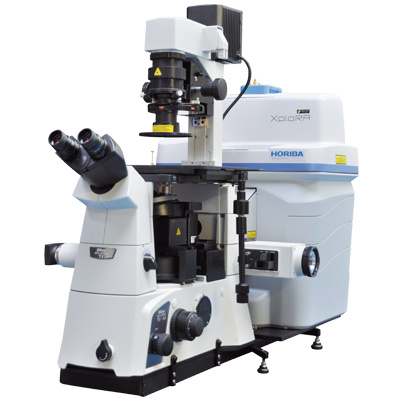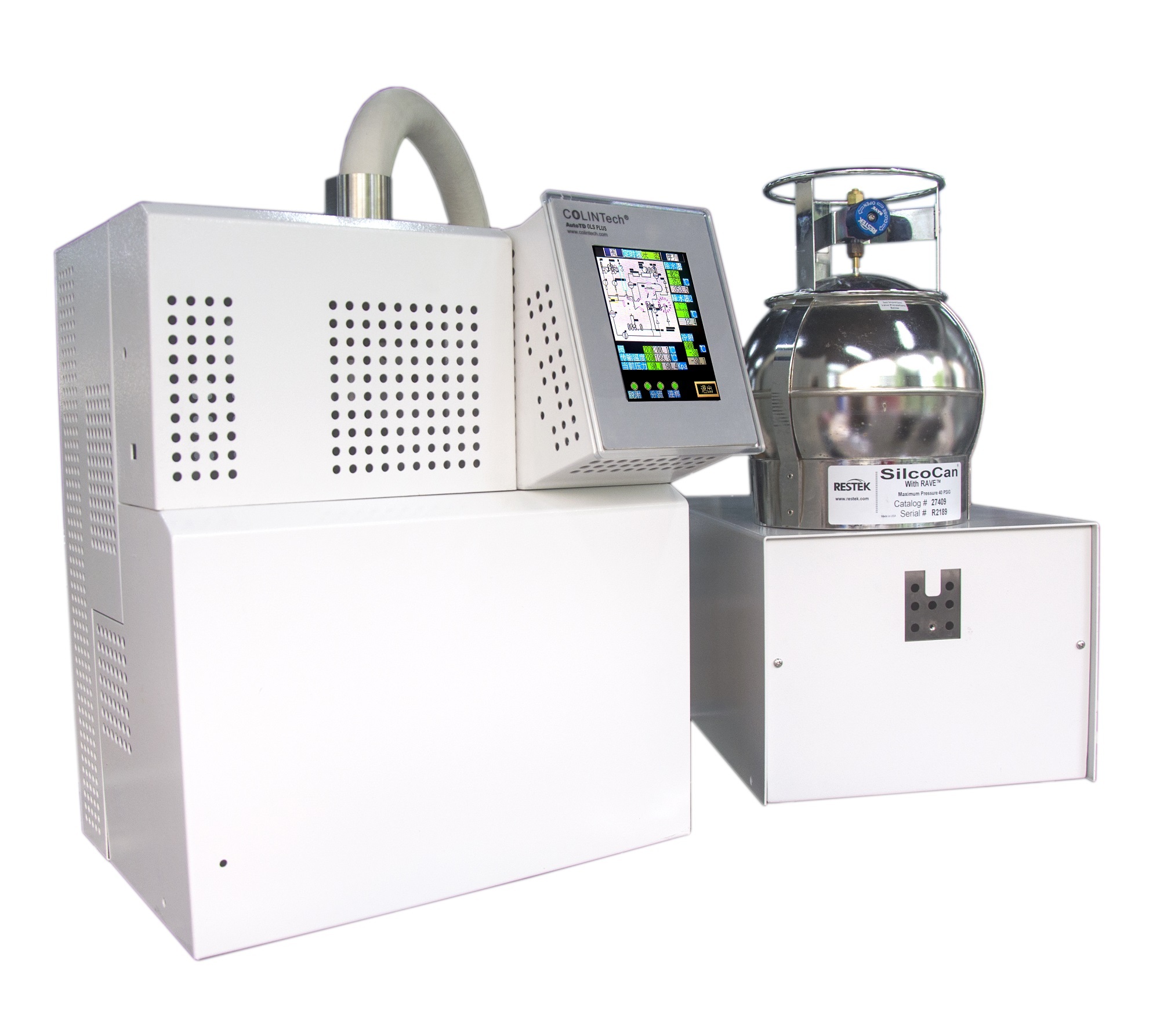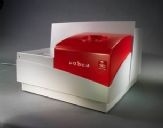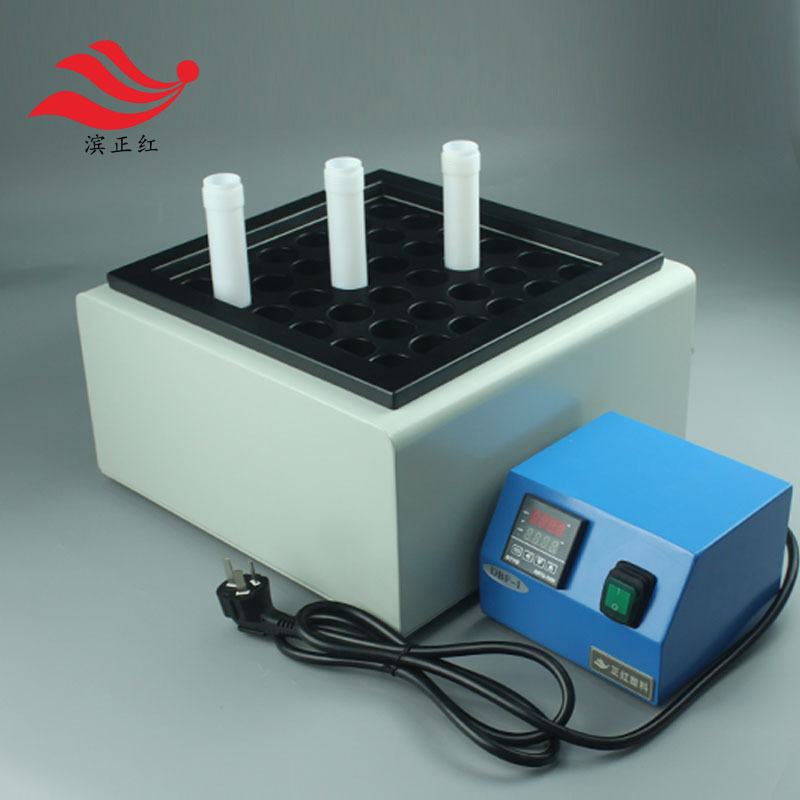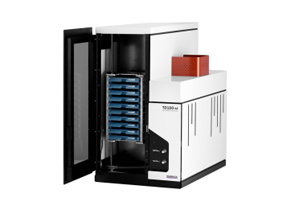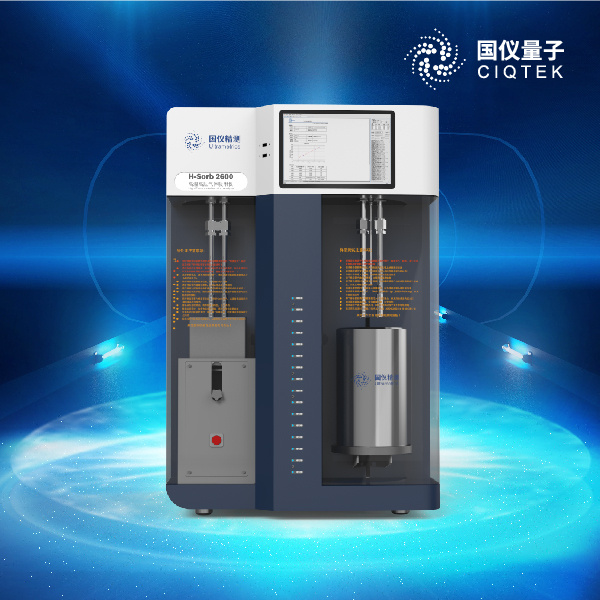Microscopic Measurement of Diffusion
The phenomenon of diffusion has been known for centuries. For example,the ancients who dyed fabrics certainly noticed the leading edge of their turquoise dye propagating through their cotton cloth, and biologists have long been aware of osmosis through various membranes. With our century’sadvances in engineered materials, scientists and engineers are now able to design diffusive layers to provide controlled rates and selectivity of diffusion. There are a number of applications of engineered diffusion incurrent technology. Some are medical: drug patches allowing sustainedslow release of a pharmaceutical, and membranes are used in dialysis and various laboratory separation procedures. Similar to the use of drug patches is the agricultural use of slow-release nodules to provide sustained fertilisation of soil. Industrial production of chemicals and foodstuffs oftendepend on separations with various membranes. Other applications are of a less organic nature, as in the separation of gases by selective diffusionthrough membranes, and of ions through a solid, which might be part of abattery or other electronic device. Sometimes, diffusion is an undesirablephenomenon, as when we wish to store gases dissolved in a solid, and theycan diffuse out over time, or when diffusion of oxygen into a semiconductorcrystal can depreciate the performance of an electronic device.
